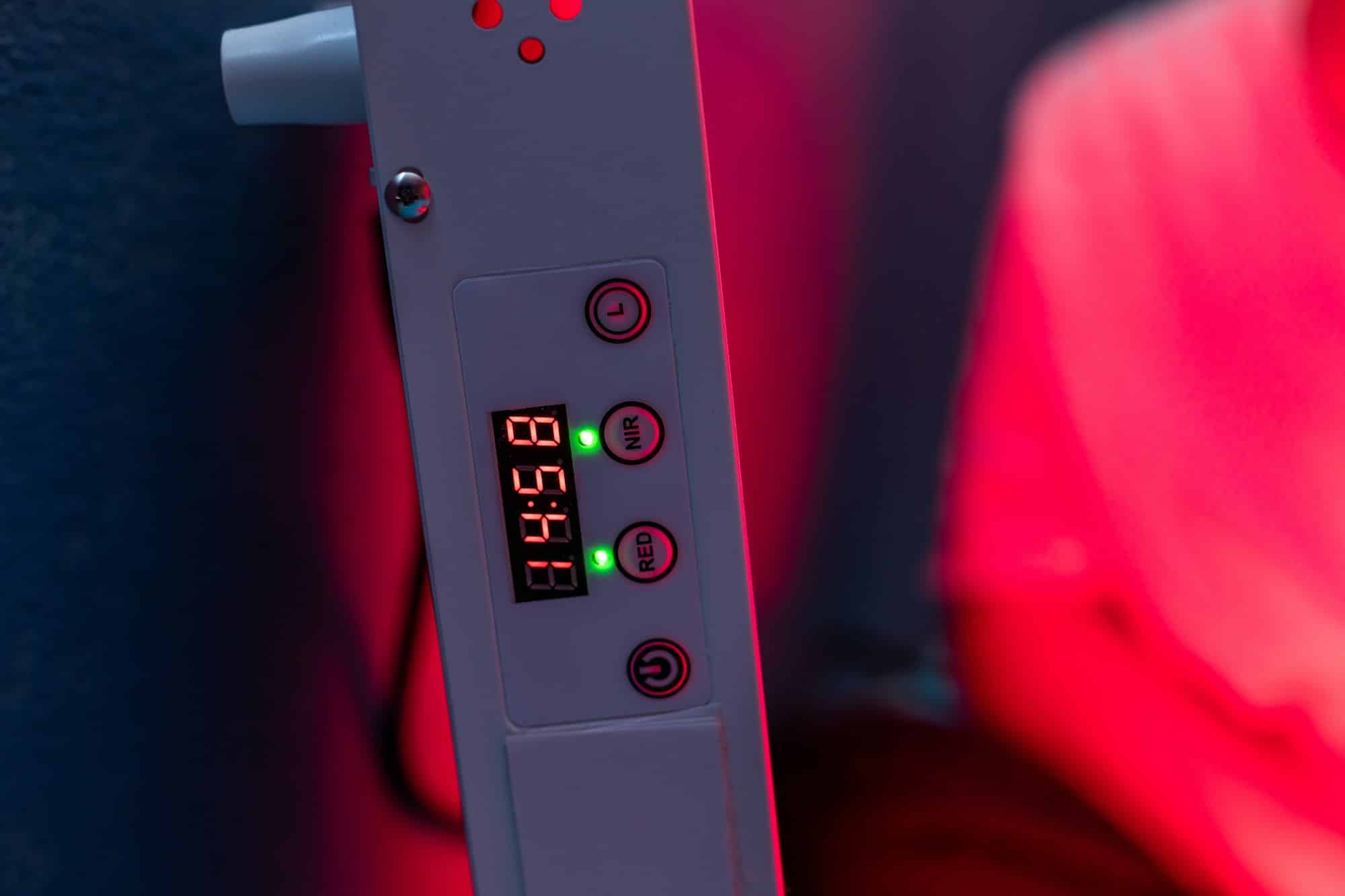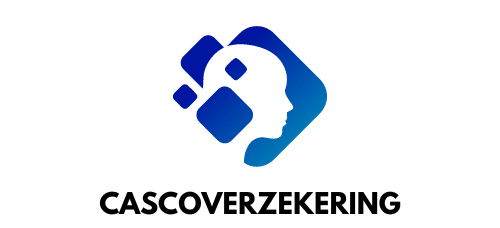What Is the Role of Whole-Body Photobiomodulation Therapy in Athletic Recovery and Performance?

As a sports enthusiast, athlete, or even coach, you are probably aware that recovery is just as crucial as training for superior performance. Rigorous exercise strains muscles, leading to micro-tears, inflammation, and fatigue, which can impede athletic performance. Innovative therapies, such as whole-body photobiomodulation (PBMT), are emerging as promising solutions for enhancing muscle recovery and performance. This revolution in sports therapy uses low-intensity light (laser) therapy to stimulate recovery at a cellular level. In this in-depth article, we delve into the scientific understanding of PBMT, its application in sports, and its potential benefits for athletes.
The Science Behind PBMT
Photobiomodulation therapy (PBMT) might sound complex, but its premise is straightforward. It involves exposing the body to low levels of red or near-infrared light. This light penetrates the skin and is absorbed by mitochondria – the “powerhouses” of our cells. It stimulates the production of adenosine triphosphate (ATP), the energy currency of cells. This energy boost facilitates cellular repair and regeneration, which are vital for muscle recovery.
Also to see : How to Effectively Use Foam Rollers for Myofascial Release in Athletes?
PBMT has been the subject of extensive research. Many studies published in reputable journals like PubMed and Google Scholar have explored its mechanisms and applications. These studies have shed light on its potential benefits for various health conditions, including wound healing, pain management, and neurological disorders. Researchers have found that, at the right wavelengths and intensities, light can have therapeutic effects, promoting recovery and enhancing performance.
PBMT in Sports: Enhancing Muscle Recovery and Performance
If you’ve ever felt stiff, sore, or tired after a strenuous workout, you’ve experienced the effects of exercise-induced muscle damage. This damage triggers an inflammatory response that helps repair the muscle, but it also leads to delayed onset muscle soreness (DOMS), which can hamper your performance.
Also to discover : How to Optimize the Work Environment for Employees with Seasonal Affective Disorder (SAD)?
Research, as documented in PubMed and Google Scholar, suggests that PBMT can help alleviate these issues. It can reduce inflammation, promote muscle repair, and mitigate DOMS. For instance, a study indexed on CrossRef and DOI found that athletes who received PBMT after intense exercise reported less pain and fatigue than those who didn’t. They also showed improved muscle strength and endurance.
Moreover, PBMT can also enhance exercise performance. A study indexed in Med Sci Sports Exerc found that PBMT before exercise improved muscle performance and delayed muscle fatigue in elite athletes. This suggests that PBMT could be a game-changer for athletes, helping them push their boundaries and achieve their peak performance.
Application of PBMT in Athletic Therapy
PBMT is a non-invasive, painless therapy that can be integrated easily into an athlete’s recovery routine. It doesn’t require any downtime, and athletes can resume their normal activities immediately after the session. This makes it a viable option for sports professionals who need quick recovery solutions.
The application of PBMT is flexible. It can be applied both pre-workout for enhancing performance and post-workout for speeding up recovery. Athletes can use handheld devices for targeted therapy on specific muscle groups or opt for whole-body PBMT for comprehensive recovery. The latter involves stepping into a light therapy booth that emits the therapeutic light, bathing the entire body in healing light.
Potential Pitfalls and Considerations
While PBMT presents exciting possibilities for athletic recovery and performance, it’s essential to note that more research is needed to establish comprehensive guidelines for its use. Variables such as light wavelength, intensity, and treatment duration can affect the therapy’s effectiveness. Therefore, athletes should seek professional guidance when considering PBMT.
Additionally, while studies indexed on PubMed and Sci-Hub indicate that PBMT is generally safe, it can cause minor side effects like skin redness or irritation. As with any therapy, individual responses may vary, and what works for one athlete may not work for another.
In summary, whole-body photobiomodulation therapy represents an innovative approach to athletic recovery and performance enhancement. It leverages the power of light, a natural resource, in a groundbreaking way. As we continue unraveling the potentials of PBMT, athletes and sports professionals can look forward to more effective, science-backed recovery strategies.
The Interplay Between PBMT and Skeletal Muscles
The impact of PBMT on the skeletal muscles of athletes is particularly noteworthy. Skeletal muscles, the type of muscle most associated with physical activity, can be strained and damaged during intense workouts. The ensuing muscle damage can lead to the release of inflammatory substances that cause muscle soreness and fatigue, hindering athletic performance.
Through its application on skeletal muscles, PBMT can potentially counteract these adverse effects. It stimulates the mitochondria, the energy-producing organelles in our cells, enhancing the production of ATP – the primary energy source for muscle contraction. By boosting ATP production, PBMT can facilitate faster muscle recovery and decrease muscle fatigue.
Additionally, PBMT can reduce exercise-induced muscle inflammation and soreness. A placebo-controlled study indexed on CrossRef PubMed found that athletes who underwent PBMT after a strenuous workout experienced a significant reduction in muscle inflammation. Furthermore, the athletes reported less muscle soreness compared to a control group who did not receive the therapy.
The Future of PBMT in Sports
As the demand for effective and science-backed athletic therapies grows, PBMT holds promise as an integrative approach to enhancing athletic performance and recovery. However, it’s important to remember that while research consistently shows promising results, PBMT is not a quick-fix solution. It requires consistency and professional guidance to ensure it’s applied correctly and safely.
The data from Google Scholar and CrossRef PubMed indicate that the future of PBMT in sports looks bright. It’s not only for the elite athletes; even amateurs and fitness enthusiasts can benefit from this non-invasive therapy. However, as with any emerging field, there is a need for more extensive research to establish standardized guidelines for the use of PBMT.
In conclusion, whole-body photobiomodulation therapy is a revolutionary approach to athletic recovery and performance. As our understanding of PBMT continues to evolve, the therapy could redefine the way athletes manage their recovery and optimize their performance. As we look forward, we can expect to see this innovative therapy becoming a mainstay in athletic training and recovery protocols worldwide.
